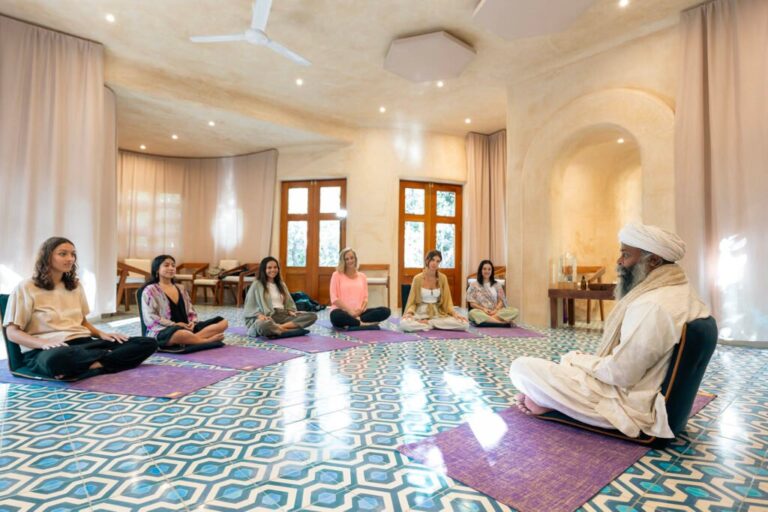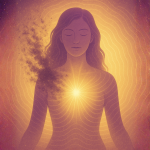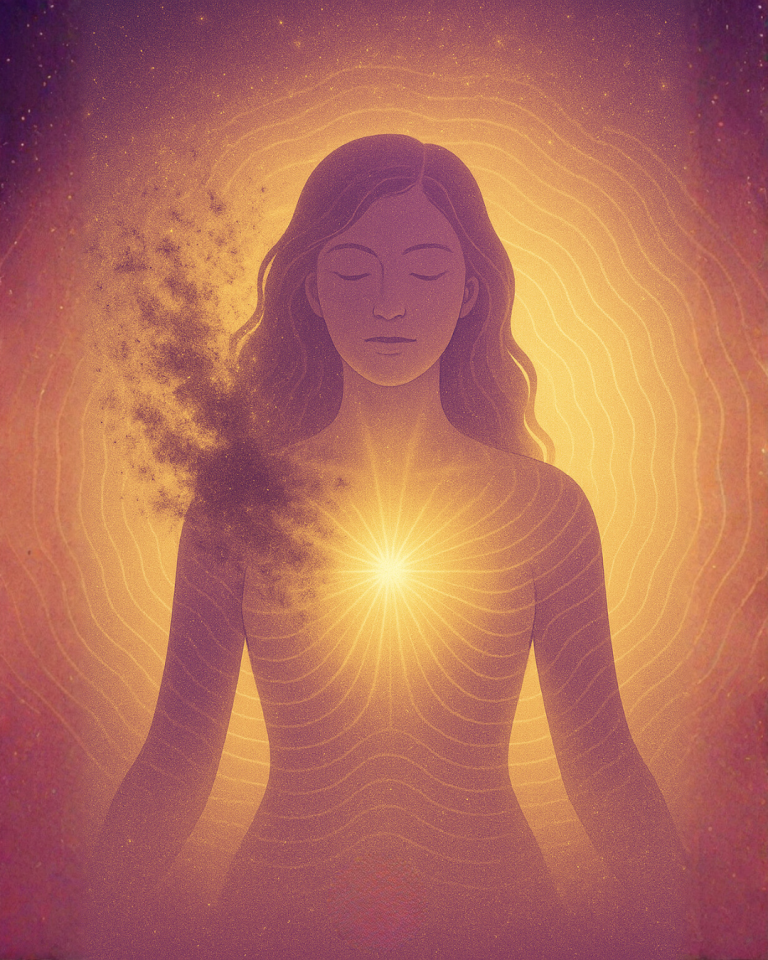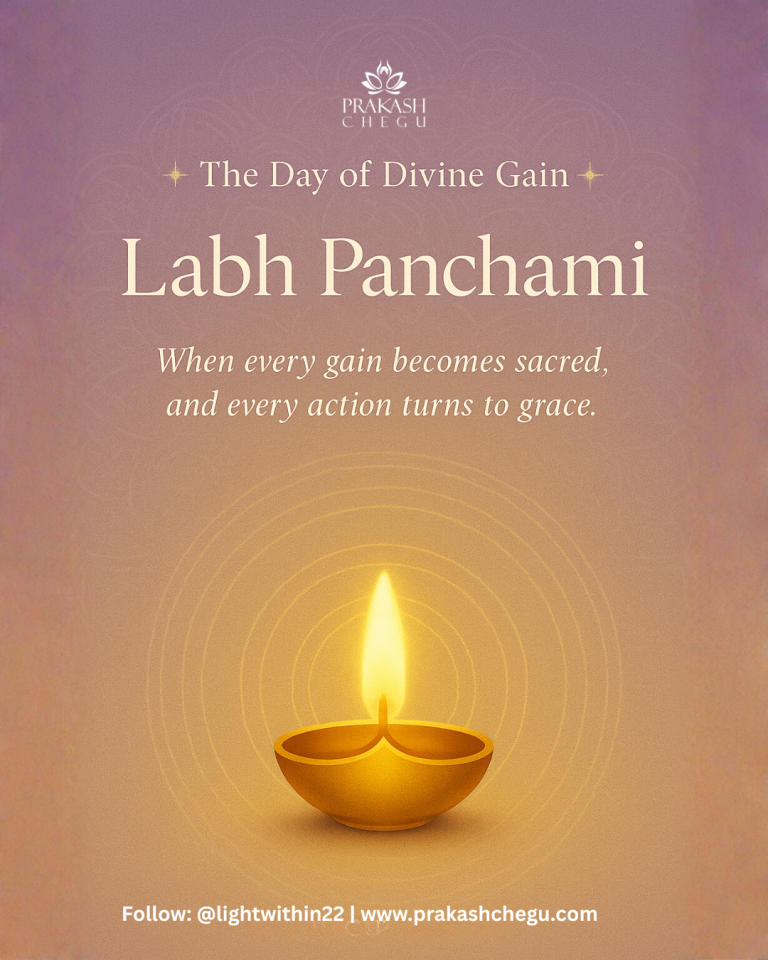Introduction
What we often label as “lust” has little to do with the body and much more to do with the tender places in the heart that feel abandoned or unworthy. Intense cravings, serial hookups or fantasies are frequently attempts to fill a void left by early emotional neglect, rejection or inconsistent nurturing. We chase passion to avoid sitting with old grief and fear that we are not lovable.
Why we confuse lust with love
- We use sex to numb the emptiness – Engaging in constant stimulation temporarily masks feelings of loneliness and self‑doubt but never satisfies the need for connection.
- Being wanted feels like being loved – When our sense of worth is tied to being desired, we pursue validation through sexual attention rather than genuine intimacy.
- Intensity replaces safety – Anxious attachment makes calm relationships feel boring. The surge of excitement becomes a distraction from unresolved wounds.
- Fear of vulnerability – True intimacy requires being seen and accepted. Lustful encounters allow us to keep our guard up and avoid the risk of rejection.
The wound of abandonment
The root of excessive lust is often an abandonment wound formed in childhood when caregivers were unavailable, critical or inconsistent. This leaves an internal void and a deep belief that “I am not enough.” In adulthood we try to fill this void with external experiences. We may become addicted to the hormones released during the chase – dopamine, adrenaline and oxytocin – but the emptiness returns because the core issue remains unhealed.
Healing the wound
- Face your pain – Acknowledge the moments where you felt unseen or left behind. Grieve what you never received instead of pretending you don’t need it.
- Reconnect with your inner child – Offer yourself the love, safety and reassurance that were missing. Journaling, mirror work, and gentle self‑talk nurture the part of you that is still hurting.
- Cultivate secure attachments – Seek relationships rooted in trust, honesty and mutual respect rather than intensity. Healthy bonds heal old patterns of abandonment.
- Identify your triggers – Notice when loneliness, stress or rejection fuel lustful impulses. Pause and meet the underlying emotional need.
- Channel your energy – Sexual energy is sacred life force (Shakti). Practices like yoga, pranayama, breath of fire, Sat Kriya, mantra chanting and creative expression transmute this energy into vitality and devotion.
- Seek support – Therapy, coaching and community provide guidance and accountability when transforming long‑standing patterns.
A yogic perspective
In Kundalini Yoga, lust is one of the “five thieves” that steal our vitality. The antidote is awareness and transformation rather than repression. By drawing the energy upward through the spine (via bandhas and kriyas) and balancing the lower chakras, we awaken a sense of wholeness that lessens craving. Instead of indulging or suppressing, we honour our sexual energy as a catalyst for healing and awakening.
Final words
Lust is not a moral failing; it is a messenger pointing to unmet needs and unhealed wounds. When you listen to this messenger and tend to your abandoned parts, the compulsion to chase fades. You begin to experience intimacy, creativity and spirituality not as escapes from emptiness but as expressions of your inherent fullness. Real freedom arises when we transform our hunger for love into a deep well of self‑acceptance and compassion.






